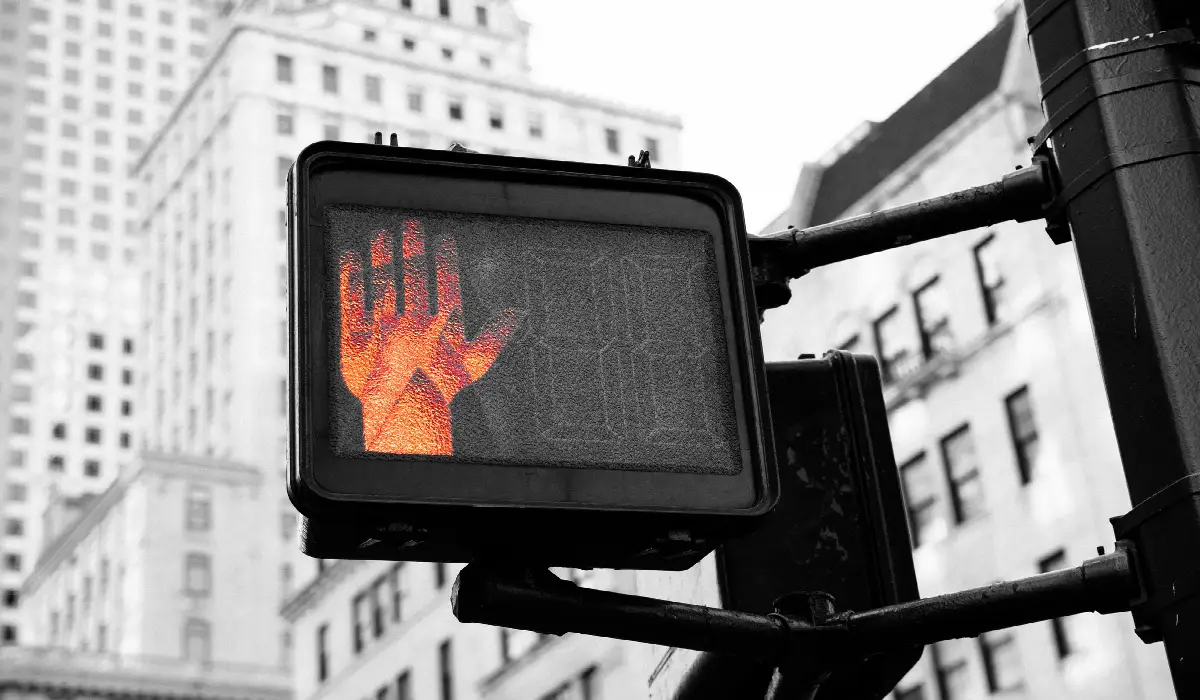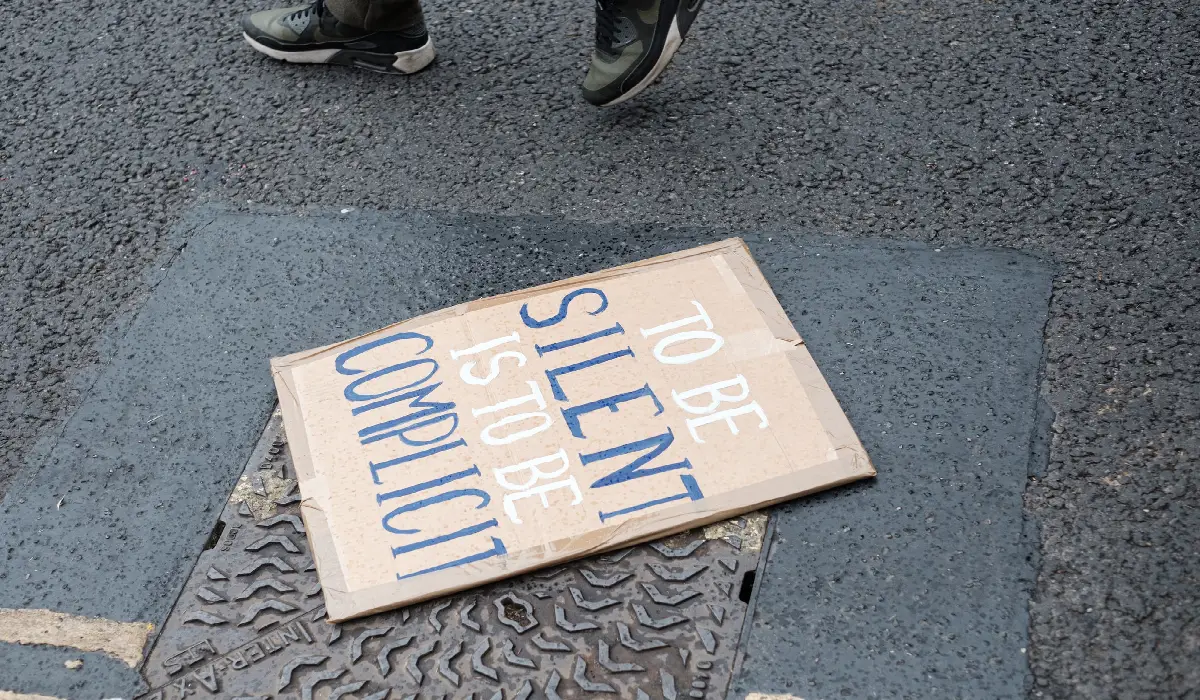Pornography refers to any material whether books, pictures, magazines dealing with sex designed to arouse its readers or viewers.
To understand the legality of porn in India, the Supreme Court has categorised a distinction between a person who views sexually explicit content and the person who publishes or transmits it. The top court in 2015 orally states that a person who is an adult cannot be stopped from watching porn within his/her private space. However, if it does not adhere to ‘decency and morality, the right can be taken away. The latter entity that publishes/transmits sexually explicit content is held accountable and can be charged by the law.
Illegality in Publishing and Transmission of Porn
In the late 20th century when the internet was still at its stage of development, promoting pornography electronically was not possible. Therefore, laws related to pornography dealt only with tangible materials like books, magazines, drawings, paintings. Section 292 of the IPC exclusively dealt with the sale, distribution, public exhibition or circulation of any obscene book, drawing, painting, etc. It says that any content can be vulgar “if it is lascivious or appeals to the prurient interest or if its effect…such as to tend to deprave and corrupt a person” who reads, sees or hears it.
Secondly, Section 293 of the IPC makes it illegal to sell, distribute, exhibit or circular obscene objects to anyone under the age of 20 years, and lastly, Section 294 makes it a crime to do any obscene act or sing obscene songs in any public place.
Ever since the world has been connected digitally, and porn is available electronically. The IT Act 2000 was enacted which makes it illegal to publish or transmit obscene material or material containing sexually explicit acts in electronic form. Anyone who “publishes or transmits or causes to be published or transmitted” any sexually explicit material can be punished with a jail term of five years along with Rs 10 lakh as a fine.
With the advancement of further acknowledging a person’s right to privacy, the term ‘consent’ is strictly defined.
Section 66E of the IT Act states that “intentionally or knowingly captures, publishes or transmits the image of a private area of any person without his or her consent”, violates their privacy and can be punished for 3 years imprisonment or fine of a maximum of Rs 2 lakh.
In 2013 amendments to the IT Act mentions the importance of ‘consent’ as an integral part of the right to privacy. Section 354A defines sexual harassment as “showing pornography against the will of a woman”.
However, there were laws before the IT Act 2000 particularly the Indecent Representation of Women (Prohibition) Act 1986 which prohibits “indecent representation of women through advertisements or in publications, writings, paintings, figures or in any other manner”. But this Act does not include digital or electric forms of representation and the term ‘indecency’ is to explain by the court of law.
Prevention of Child Pornographic Contents
The scope of ‘publishing and transmitting’ is widened when it comes to child pornography. The concept of ‘possession’ is added concerning pornography.
Section 14 of the POCSO Act 2012 makes it a crime to “use a child or children for pornographic purposes”. The exception to this is if a person is using it as evidence in court.
Section 15 of the POCSO Act also makes it illegal to store or possess child pornography “for transmitting or propagating or displaying or distributing”. And further, it states that any person who stores such content is liable for 3 years imprisonment.
In addition to the above-mentioned laws. The IT Act under Section 67B makes it punishable for anyone who publishes or transmit sexually explicit content depicting a child. So within this provision, creating text or digital images or collecting, browsing, downloading, advertising, promoting, exchanging or distributing any material that depicts children in “obscene or indecent or sexually explicit manner” is prohibited.
Even legally, pornographic content whether adult or child can be misused if it goes unchecked. Loopholes to the above-mentioned laws can be utilised to further manufacture pornography in the ideal name of businesses. A proper mechanism to check the proper usage of pornography should be enhanced, without disrespecting the decency and right of a person.
‘Consent’ matters especially when it is related to private life.
References
“The Information Technology (Amendment) Bill, 2013.” PRS Legislative Research, 25 July 2021, prsindia.org/billtrack/the-information-technology-amendment-bill-2006.
“The Indecent Representation of Women (Prohibition) Amendment Bill, 2012.” PRS Legislative Research, 25 July 2021, prsindia.org/billtrack/the-indecent-representation-of-women-prohibition-amendment-bill-2012.
Mandhani, Apoorva, et al. “Watching, Publishing, Sharing Pornography: What Is a Crime in India and What Isn’t.” ThePrint, 21 July 2021, the print.in/the print-essential/watching-publishing-sharing-pornography-what-is-a-crime-in-India-and-what-isn’t/700179/.



